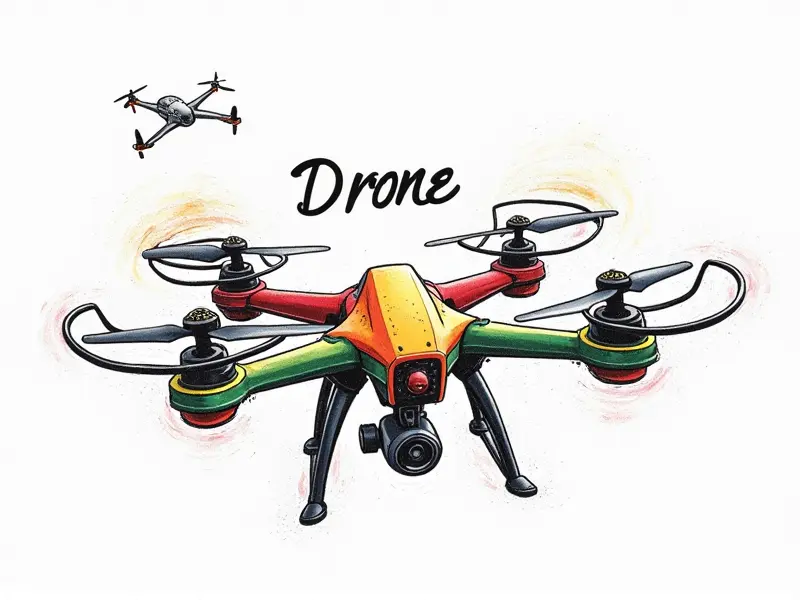Brushless motor bearing types

Understanding Brushless Motor Bearings
Brushless motors are widely used in various applications due to their efficiency and reliability. These motors rely on precision-engineered components, including bearings, which play a crucial role in ensuring smooth operation and longevity. Understanding the different types of brushless motor bearings is essential for optimizing performance and extending the lifespan of your equipment.
Choosing the Right Bearing Type
Selecting the appropriate bearing type for your brushless motor depends on several factors, including load capacity, speed requirements, and environmental conditions. Different applications may benefit from specific types of bearings that offer optimal performance under varying operating conditions.
Bushings vs. Ball Bearings: What's Best?
When it comes to bushings versus ball bearings for brushless motors, the choice depends on your application’s needs:
- Bushings: Ideal for low-speed applications with moderate loads and where lubrication is not a concern.
- Ball Bearings: Suitable for high-speed operations requiring high load capacity and precision. They also offer better resistance to wear and corrosion.
Longevity of Different Motor Bearings
The longevity of brushless motor bearings is influenced by factors such as material quality, operating conditions, and maintenance practices. High-quality materials can significantly extend the lifespan of your bearings, while proper maintenance ensures they operate efficiently over time.
Maintenance Tips for Brushless Motor Bearings
Regular maintenance is crucial to ensure optimal performance and longevity of brushless motor bearings:
- Lubrication: Apply the appropriate type and amount of lubricant as recommended by the manufacturer.
- Cleaning: Remove debris and contaminants that can cause wear or corrosion.
- Inspection: Regularly check for signs of wear, such as cracks or excessive play in the bearing.
How Bearings Impact Motor Performance
The type and quality of bearings used in brushless motors directly affect their performance. Proper selection and maintenance can enhance efficiency, reduce noise levels, and improve overall reliability.
Common Issues with Brushless Motor Bearings
Misalignment, overloading, and inadequate lubrication are common issues that can lead to premature failure of motor bearings:
- Misalignment: Causes uneven wear and increased friction.
- Overloading: Exceeds the load capacity of the bearing, leading to damage.
- Inadequate Lubrication: Results in excessive heat generation and wear.
Sleeve vs. Ball Bearings: A Comparative Guide
Comparing sleeve bearings (bushings) with ball bearings highlights their unique advantages:
- Sleeve Bearings: Simple design, low cost, and suitable for light loads.
- Ball Bearings: High load capacity, precision, and resistance to wear.
Types of Bearings for Brushless Motors
The most common types of bearings used in brushless motors include:
- Sleeve (Bushing) Bearings
- Ball Bearings
- Roller Bearings
- Tapered Roller Bearings
Essential Guide to Motor Bearings
This guide provides a comprehensive overview of motor bearings, including their types, benefits, and maintenance tips. Understanding these aspects is crucial for maximizing the performance and longevity of your brushless motors.
Benefits of Various Motor Bearings
Different bearing types offer distinct advantages:
- Sleeve Bearings: Cost-effective and suitable for low-speed applications.
- Ball Bearings: High precision, load capacity, and durability.
- Roller Bearings: Excellent for high radial loads in industrial settings.
- Tapered Roller Bearings: Ideal for handling axial and radial loads simultaneously.
Conclusion
Selecting the right type of brushless motor bearing is crucial for ensuring optimal performance, longevity, and reliability. Understanding the characteristics and benefits of different bearing types can help you make informed decisions that meet your specific application requirements. Regular maintenance practices also play a vital role in extending the lifespan of these critical components.

